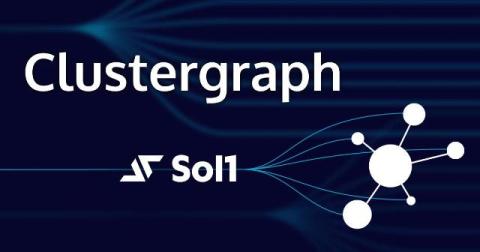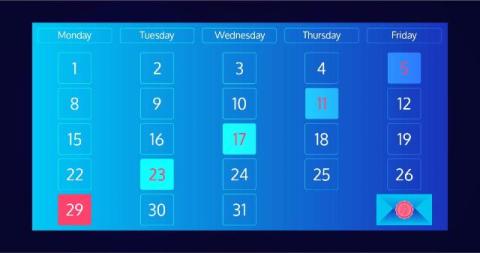Releasing Icinga for Windows v1.13.0-Beta1
Today we are very happy to announce the first beta release of Icinga for Windows with with version 1.13.0.0! This new release provides a huge number of improvements and changes to the Framework as well as the default Windows Plugins, which we will talk about later on.






